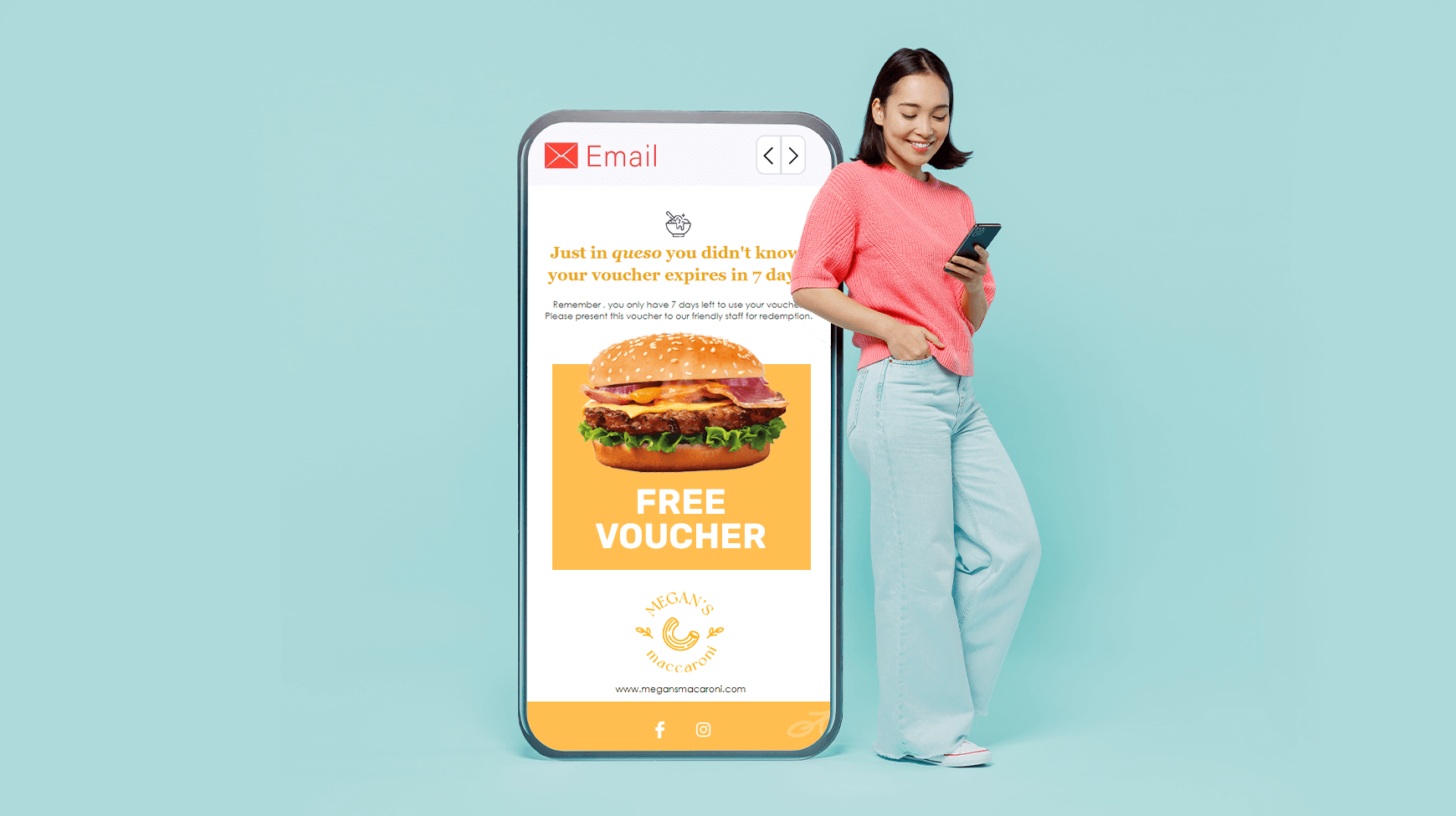Here are some great tips to make them better
Have you heard the news lately? Emails are hotter than ever as customers really connect with the brands that matter to them and you can make the most of it with our top tips.
1. Have a plan – create a customer engagement calendar
What sort of information do your customers need to know about your business and determine whether that lends itself to a one-off welcome email or a series of emails over a few weeks or months?
Then, make sure you establish the key times or occasions you want to talk to your customers. For example, is regular communication on a Monday afternoon a good time to drive additional sales? Or would your email be better suited at lunchtime while everyone is catching up while eating?
Setting up a calendar of your customer engagement plans around your business events is also a great idea. Think Valentine’s Day, Mothers Day etc. By having a plan you can prepare in advance and make sure you are communicating appropriately with your customers.
2. Segment your audience
Not all customers are created equal. Your email plan should acknowledge that. Is it more important to keep your best customers engaged and informed or does your audience fall into natural segments based on your business activities? For example, if you are a club operator with a loyalty program you may want to customise your language to specific members about your member draws compared to the customers who only play tennis on your courts.
Setting up segments in your database gives you a starting point to create a more personalised experience for your customers.
3. Personalise your content
Now that you have set up some segments, it’s important to ensure that your content is personalised and relevant to your audience segments.
Simple things like making sure you address customers with their first name, include details that show you know them by keeping track of their loyalty points or tier and even when their last reservation was. This shows that you are paying attention to their needs and value the relationship.
If other information is important to your relationship such as dietary preferences, whether they are booking your hotel for business or leisure or when their birthday is, and you don’t have that information, it might be a good idea to create an update details campaign.
4. Send at appropriate times
Want to generate attention from your message? Then send at a time that’s relevant to your business and customer. For example, if you are a fast-casual restaurant selling pizzas and you know Thursday and Friday nights are your busiest times then sending an email in the late afternoon just before people start thinking about dinner is a timely idea.
Also, think about how your customer consumes your messages. Are they mostly on personal emails on their phone (this is most common for hospitality businesses)? If that’s the case, then Monday morning at 9 am when they are probably deep in work emails may not be the best time to send.
Carefully review the open times of your emails and test to find out what times work best for your customers.
5. Test and learn
Learning what works best for your business is a constant process of testing and learning. Things you should be testing include:
- Subject lines
- Send times and day
- Engagement rates – open, click-thru, unsubscribes
- Call to action
- Offers and promotions
6. Calls to action are important so make them obvious
The reality is that most customers will skim their emails so the old adage ‘don’t bury the lead’ is as important as ever. If you want your customers to take action like making a booking or visiting your website, then tell them why to make it easy and use buttons to really highlight where you want a customer to do an action.
7. Leave room for discovery
Just because a customer always comes in and plays trivia on a Tuesday doesn’t mean that they might not be interested in other products and services from your business. Letting customers know you have other services like takeaway or a function room for hosting a huge Valentines Day Speed Dating event might be just the thing to increase visits and spending from already established customers.
Customers are always changing. So keep that in mind when you are sending out your regular communications and perhaps add something different and personalised each time.
And some bonus tips just for Talkbox users
Use pre-headers and carefully consider your subject lines
Pre-headers give you another opportunity to get a customer intrigued enough to open your email and are considered best practice. Here are some specific subject line tips you will love.
Stay above the fold
Another tip from a bygone era but in today’s context, it means that you basically have the phone screen to get your message across because consumers don’t really scroll unless interested. It’s a small space so think about the key elements – your header, your hero image and a call to action to read more. It’s a lot to do in a small space, so make it count.
Alt text on images and emails need to be a mixture of images and words
Don’t blame us but most spammers create image-only emails and that means the rest of us have to do better to not be caught in the spam filter. A great tip, and best practice, is to help the vision-impaired is to add a short description (alt-text) to your image. Eg if your hero image is a juicy steak then put that in the description. You have about 120 characters so use them wisely.
Sections can make life much easier
Creating a section of content to use regularly such as advertising member nights, poker games or even your function room can easily be set up as a section and dropped into any communication you are creating. Learn more about sections here.
Vouchers are a great way to get another visit
TalkBox has native vouchers and vouchers integrated with a number of POS systems to make it simple to incentivise a visit, reward a loyal customer or reactivate a lost customer. Vouchers are easy to use and our reporting can help you understand how successful your campaign was.
Feedback is a gift, you just need to ask for it
With our built-in NPS feedback section, asking customers for their feedback couldn’t be easier for TalkBox users. Asking a new customer, a regular or visitors just after a renovation can not only help generate reviews for your business but gain real insights into customer sentiment.
And the most important tip of all is to consider your customer’s needs and what’s important to them. Too often we create marketing campaigns that are all about what we want to tell our customers, not necessarily what it is they are looking to hear from us. If you don’t know the answer, just ask them, and keep an eye on your reports while trying new things to see what resonates.



